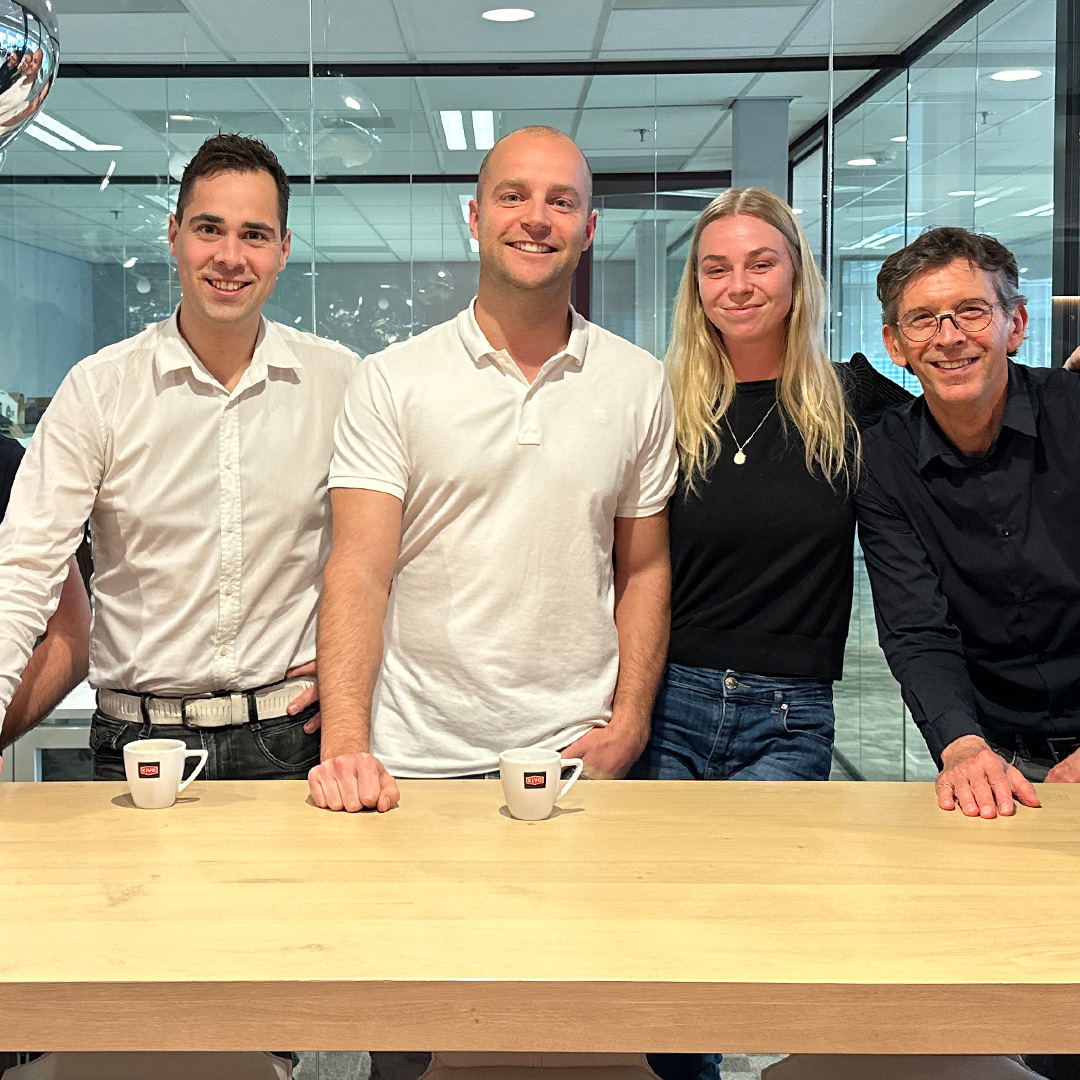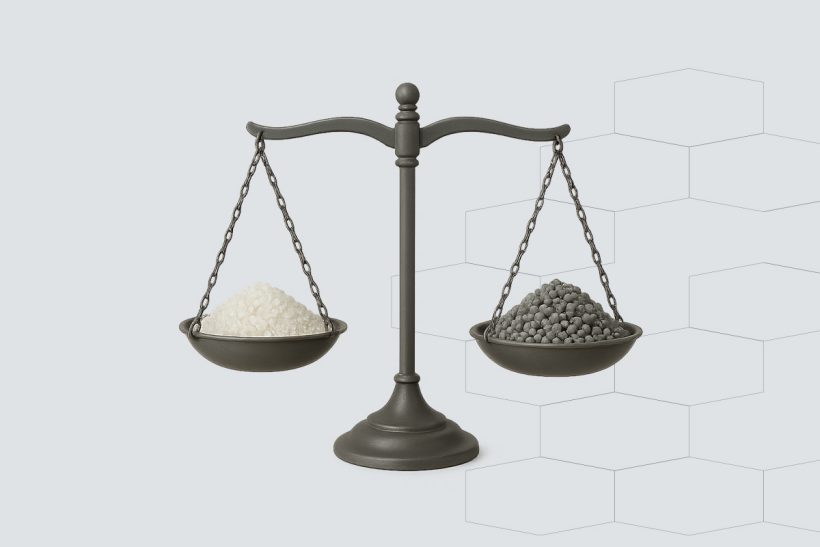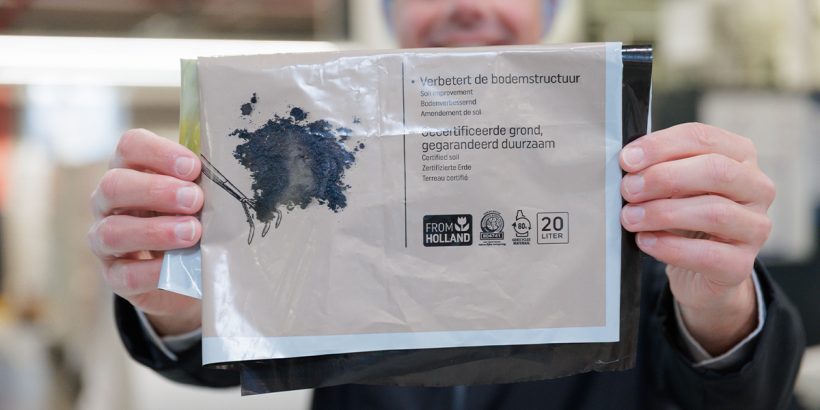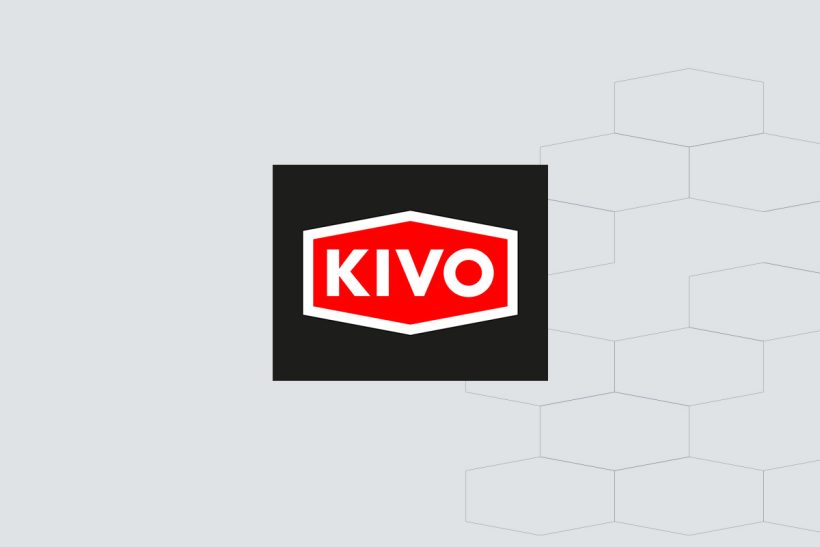Litter-prone plastic is plastic packaging material that is more likely to end up in nature or on the street than other types of plastic packaging. This often happens because these containers are used outdoors or thrown away on the road. Examples include:
- Bottles without deposit: Especially small drink bottles that are easy to carry.
- Candy packaging: Small, light and often carelessly discarded.
- Fast food packaging: Are often discarded immediately after use outside.
- Rubbish bags: May tear open and be scattered by the wind.
There are also plastics that less prone to littering are. These containers are usually used indoors and properly disposed of:
- Bread bags
- Cucumber film
- Shipping bags
- Fruit and vegetable bags (FFS film)
- Etc.
Causes of litter-prone plastic
Litter-prone plastic is created by several factors:
- Lack of litter bins: Especially in busy city centres, parks and along highways, there are sometimes insufficient litter bins.
- Wind sensitivity: Lightweight plastic packaging can easily blow away, even from a bin or rubbish truck.
- Human behaviour: Not everyone disposes of waste correctly, often due to laziness or ignorance.
- Insufficient awareness: Some users do not realise how harmful litter can be.
- Outdoor use: Litter arises only when packaging enters the environment. This mainly happens with packaging that is used and discarded outdoors, such as bottles, candy wrappers and fast-food packaging. Packaging that indoors are used, such as bread bags, fruit and vegetable bags and shipping packaging, are much less likely to end up in nature.
KIVO's focus on non-waste packaging
At KIVO Flexible Plastics we mainly focus on the development and production of packaging that indoors or are used within the walls of companies. This packaging, such as:
- Shipping packaging
- Film used indoors
- LDPE and HDPE solutions for industrial applications
These products have a lot of lower probability to end up as litter in the environment. Because they are used indoors, they usually end up in controlled waste streams, such as corporate recycling and separate collection. This minimises the chances of these packages contributing to the litter problem.
By focusing on packaging that is not susceptible to litter and by ensuring that our products are 100% recyclable are, KIVO is actively contributing to reducing the environmental impact of plastic packaging.
The role of deposits in combating litter
Deposit systems have proven effective in reducing litter. Since the introduction of deposits on small plastic bottles in the Netherlands in 2021, the number of plastic bottles in litter has decreased by more than 70% decreased. The extension to cans in 2023 also helps considerably.
How does deposit money work?
- Consumers pay a small surcharge (e.g. €0.15) when buying a bottle or can.
- This surcharge is refunded when the packaging is returned to a drop-off point.
The success of deposits shows that financial incentives Encouraging consumers to dispose of packaging correctly.
Litter in general
Litter is one of the most annoying pain points of plastic packaging. Litter costs hundreds of millions of euros a year in clean-up costs, it attracts pests and it can pollute the soil. So it is bad for people, animals and nature. When litter ends up in the ocean, marine animals can eat it or become entangled in it. It can also happen that mussels, shrimps or other marine animals store these pieces of plastic in their bodies. As a result, the pieces of plastic then re-enter our food chain.
According to estimates, some 50 million kilos of litter end up on the streets or in nature every year. When this litter reaches the sea or rivers by wind, for example, it can contribute to the so-called "plastic soup".
Litter hardly ever decays. A piece of candy paper takes at least 20 years to decay, the same plastic packaging at least 100 years, and an aluminium soft drink can hardly decays at all. This makes it clear that stopping litter, and therefore litter-prone plastic, is very important to counteract the negative impact on people, animals and nature.
Do you have any questions about litter-prone plastic as a result of this article?
If so, please contact one of our product specialists, using the contact form below. You will then receive a response as soon as possible.



